Josselin Cornu - photographer in search of adventure (13 photos)
French photographer Josselin Cornu, who currently resides in Australia, is reminiscent of Indiana Jones. He travels around the world in search of the most stunning places on the planet and tries to take the most incredible photographs to show its pristine beauty. 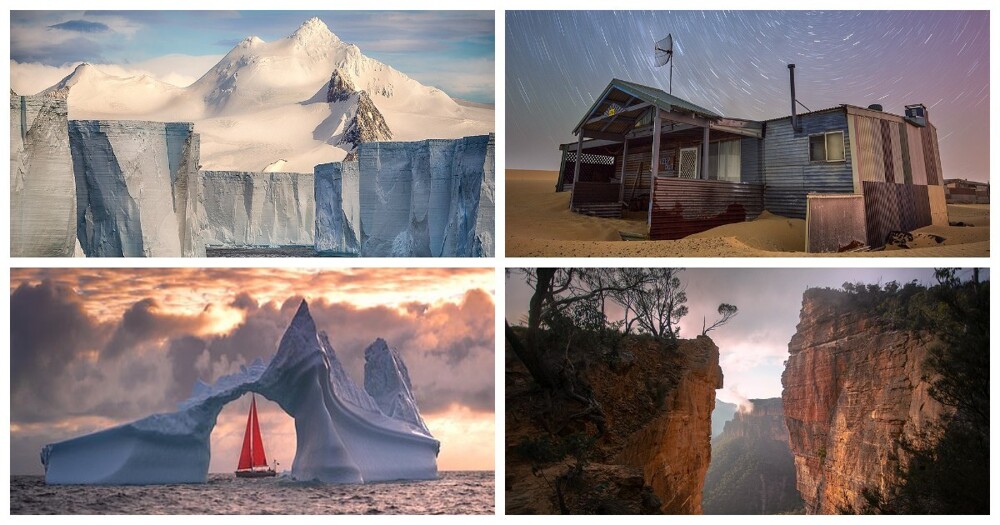
“Labyrinths” of icebergs in Antarctica, “lost worlds” in Australia, canyons, volcanoes, waterfalls... There are no such impossible and dangerous places that he has visited with his camera.
“I try to step out of my comfort zone and create photographs that some people think are impossible. It's about getting off the beaten path, always with respect for nature. The key is to have a camera that can take a fall and still work.”
This style of photography requires physical endurance, courage, patience and increased frost resistance. It’s good that Josselin Cornu has all this! 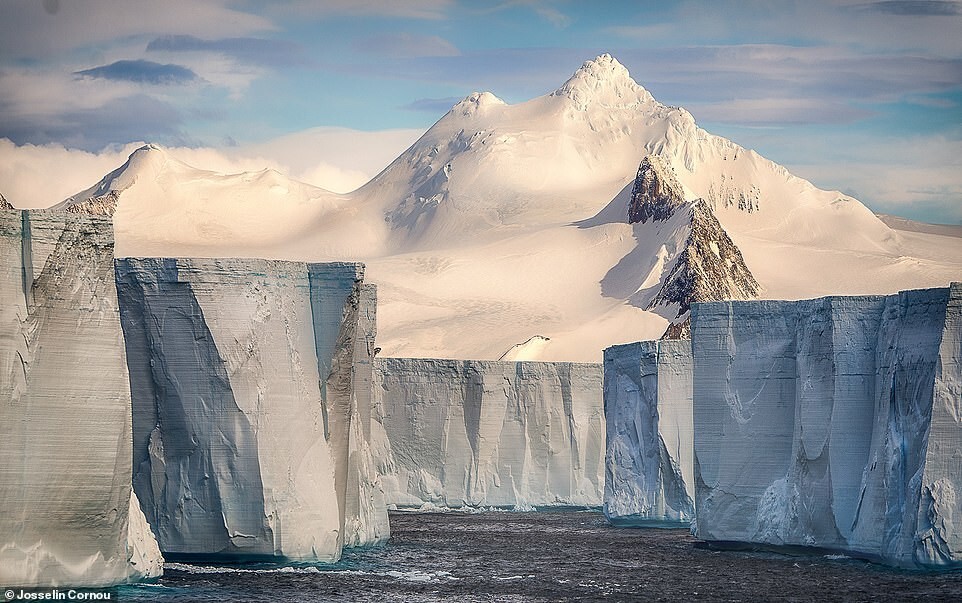
30m tall tabular icebergs in Antarctica that were once part of the Larsen Ice Shelf, which broke apart due to climate change. These structures look like ice corridors, forming a very photogenic giant labyrinth. “The sight was magnificent, but at the same time incredibly frightening,” says the photographer. 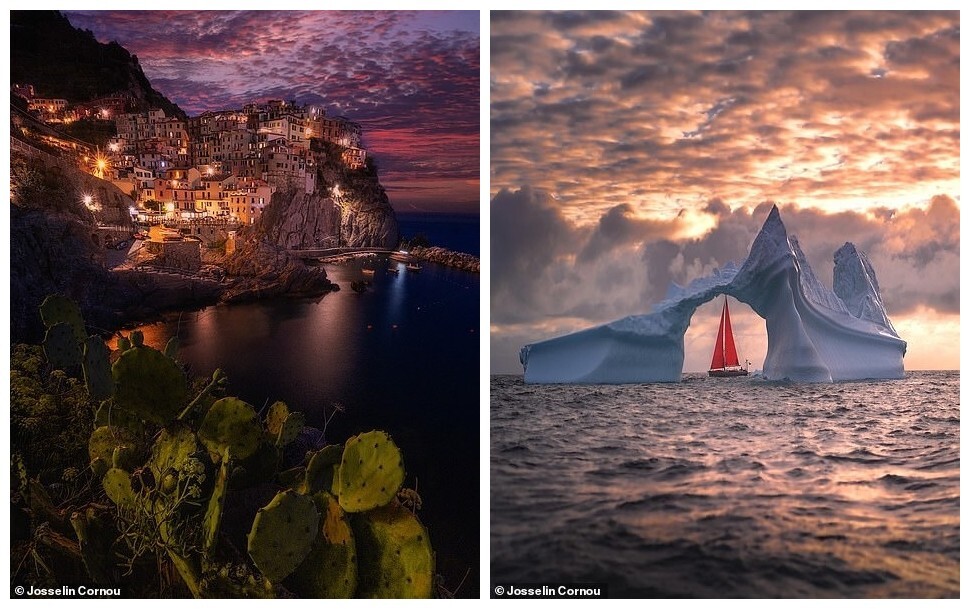

Left: Manarola, one of the five cities that make up the Italian region of Cinque Terre. According to Cornu, this is a place where “loneliness meets tourism.” “The irony of this place is that people originally founded a city here to be isolated from the world... and several hundred years later, these old cities are now colonized by tourists,” he says.
Right: A sailboat "gliding through Arctic waters" off the coast of Greenland. To take this photo, the photographer had to spend a lot of time on the “cold and slippery” decks of boats in not the most comfortable weather, but the result was worth it.
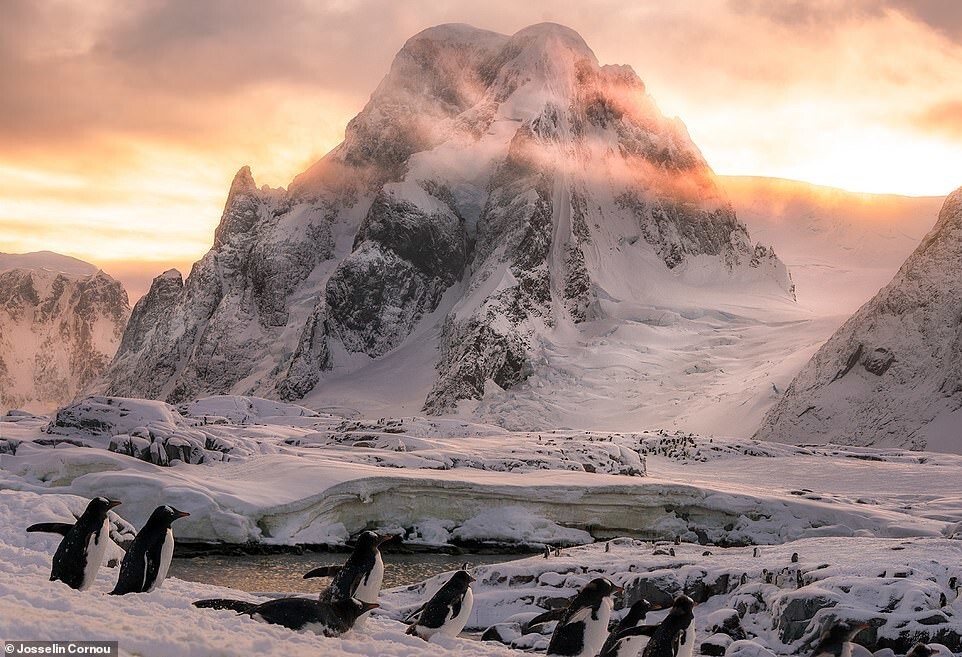
Cornu took this stunning photo during a "measurable" trip to Antarctica, during which he lived among penguins and studied the effects of global warming.
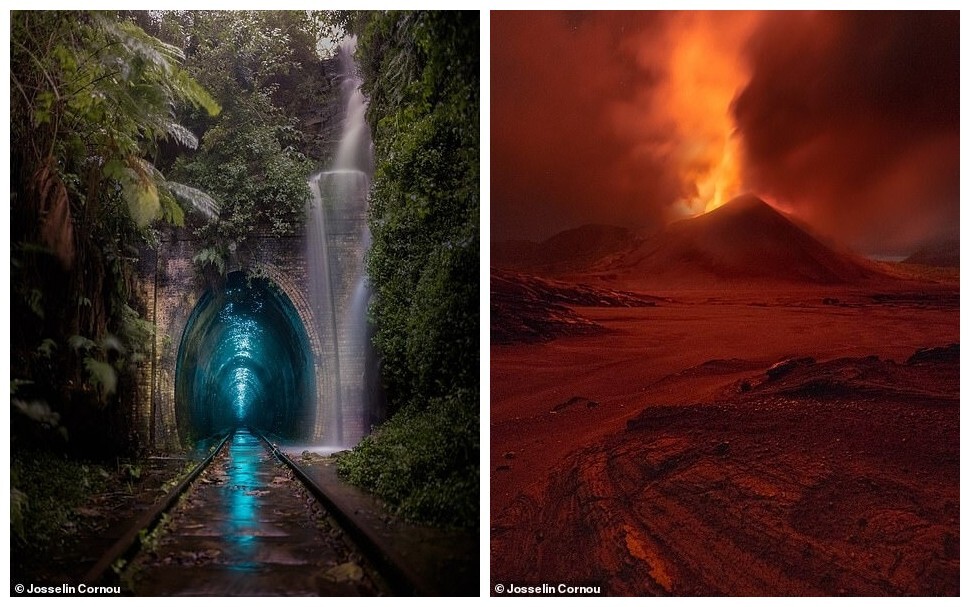
Left: Glowworm Tunnel in Helensburgh (New South Wales, Australia). This abandoned tunnel is known for its population of fireflies.
Right: A stratovolcano erupts in Vanuatu, an island nation in the Pacific Ocean. Cornu says that he was allowed to walk along the edge of this volcano and see the volcanic eruption up close.

The rugged landscape of Australia's Blue Mountains National Park. “To get to this place by dawn, we had to walk at night. We slept a few meters from this observation deck,” says the photographer.
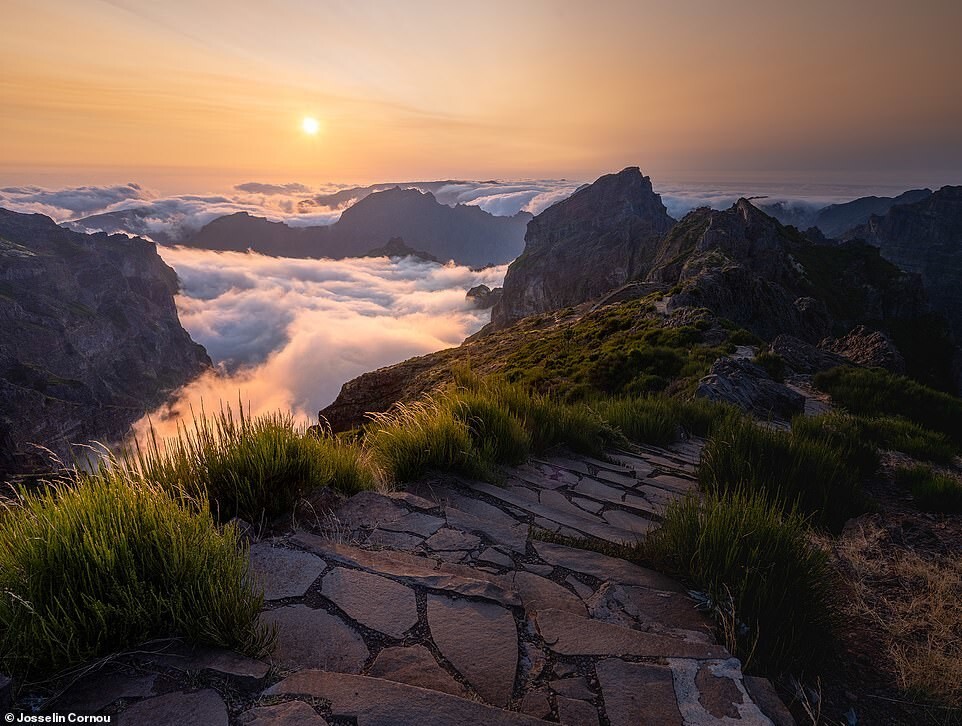
This atmospheric photo was taken while traveling along a hiking trail above the clouds on the island of Madeira. Cornu says the place offers “true beauty that you won’t see anywhere else,” adding, “It feels like you’re on top of the world.”
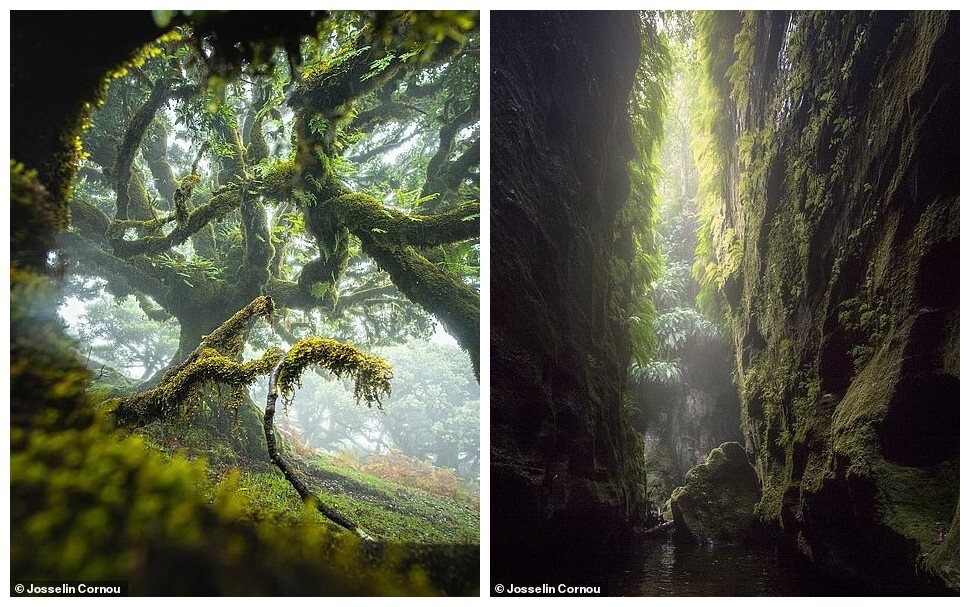
Left: Laurissilva, a 20-million-year-old subtropical rainforest on the Portuguese island of Madeira. There is a feeling of something unearthly.
Right: Canyon in Australia's Blue Mountains National Park. Cornu describes the place as a “lost world under the trees” of the national park.
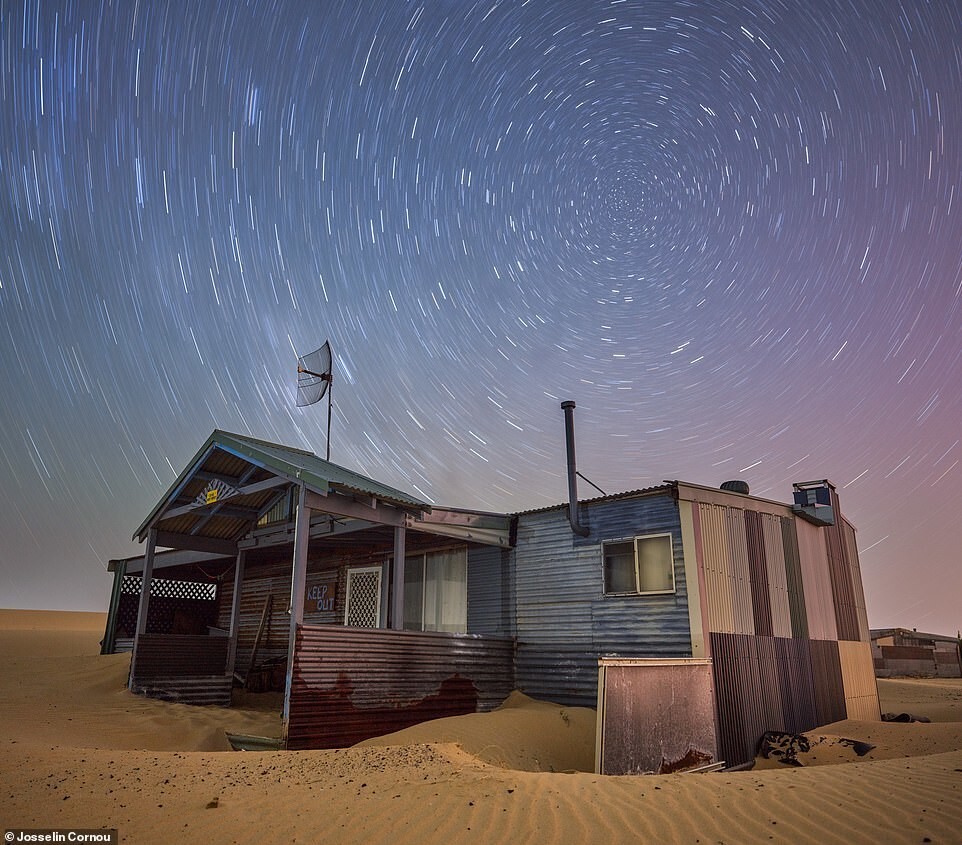
The photo was taken in the sand dunes of Stockton Beach in New South Wales, Australia. They are known as the largest moving coastal dunes in the Southern Hemisphere. Cornu tells how during a trip there he observed a night sky of rare beauty, but it was “incredibly cold.”
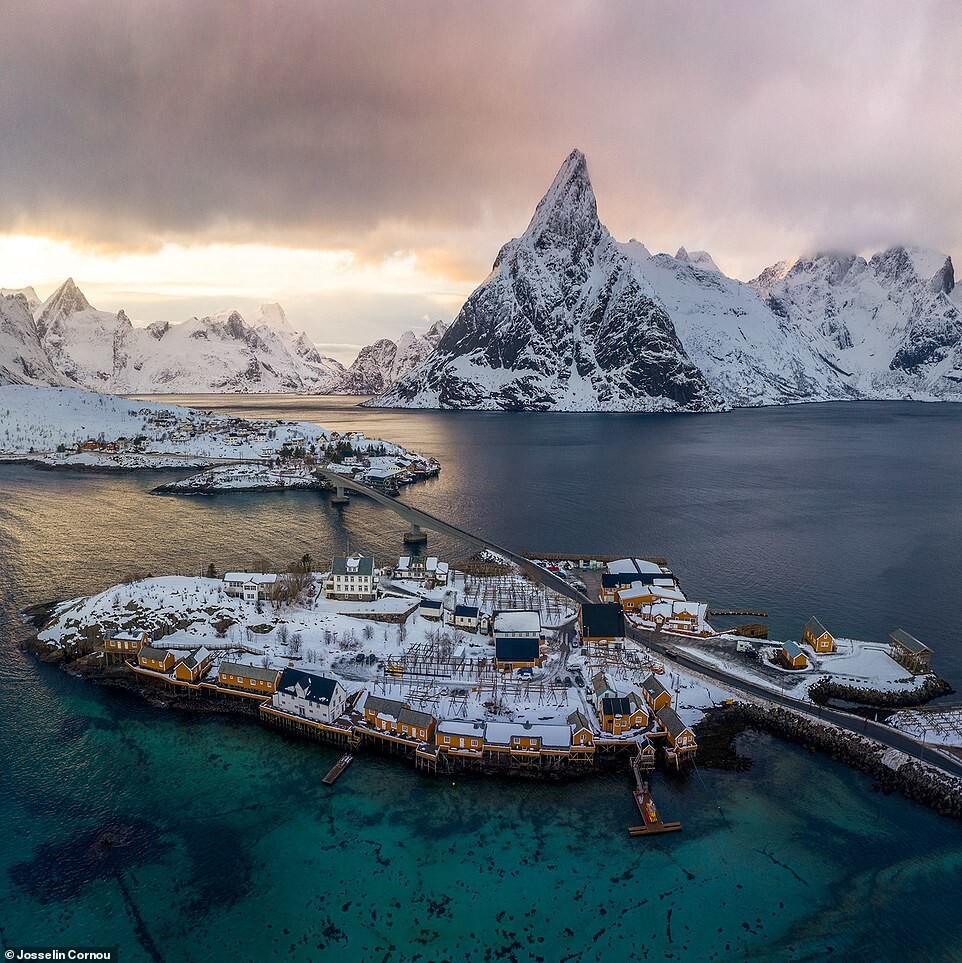
Lofoten archipelago in Norway. Icy cold and impossible beauty.
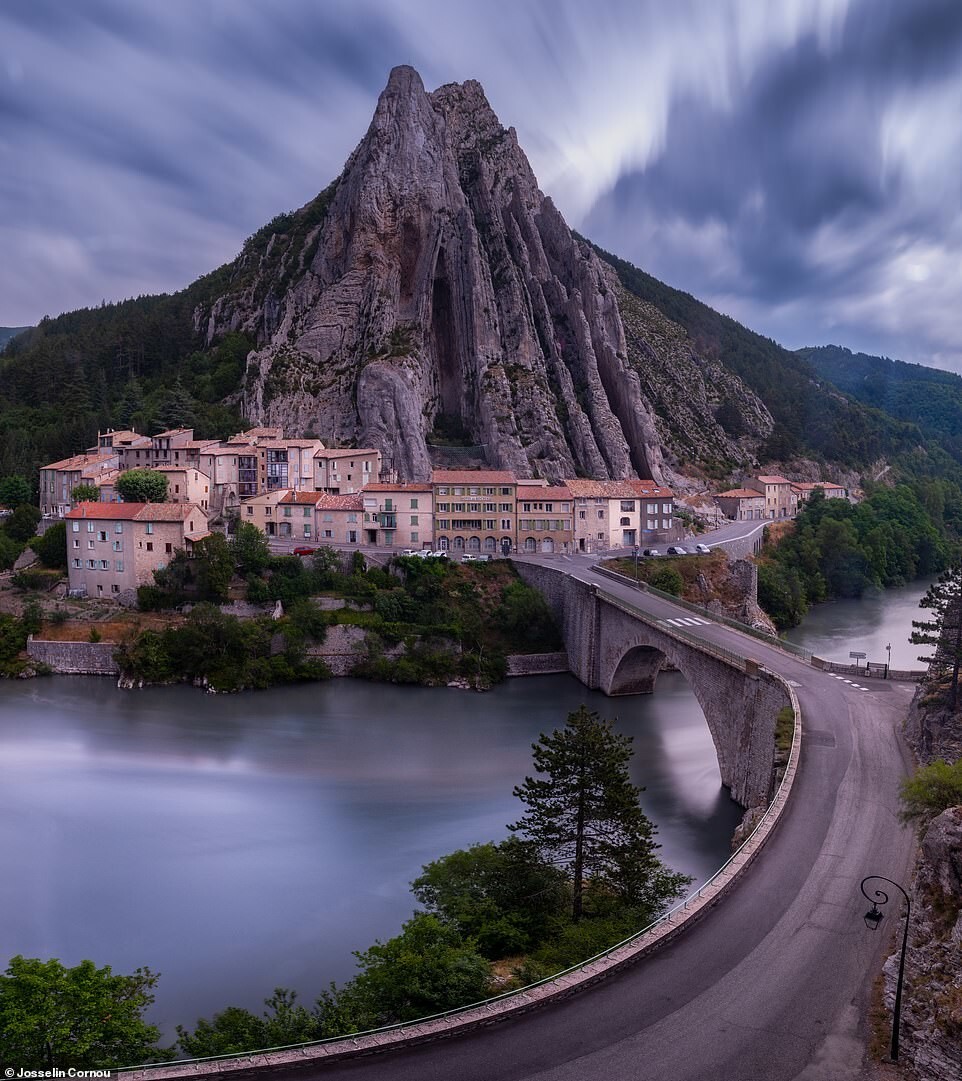
The historic French town of Sisteron, located beneath the Rocher de la Baume rock formation on the banks of the Durance River. Cornu notes that thisa part of France that “few people know about.”

This close encounter with a whale was captured off the coast of the Vava'u Islands in Tonga.

Lake Louise in western Canada in the last days of autumn. According to Cornu, this is a truly special, uniquely beautiful place.
